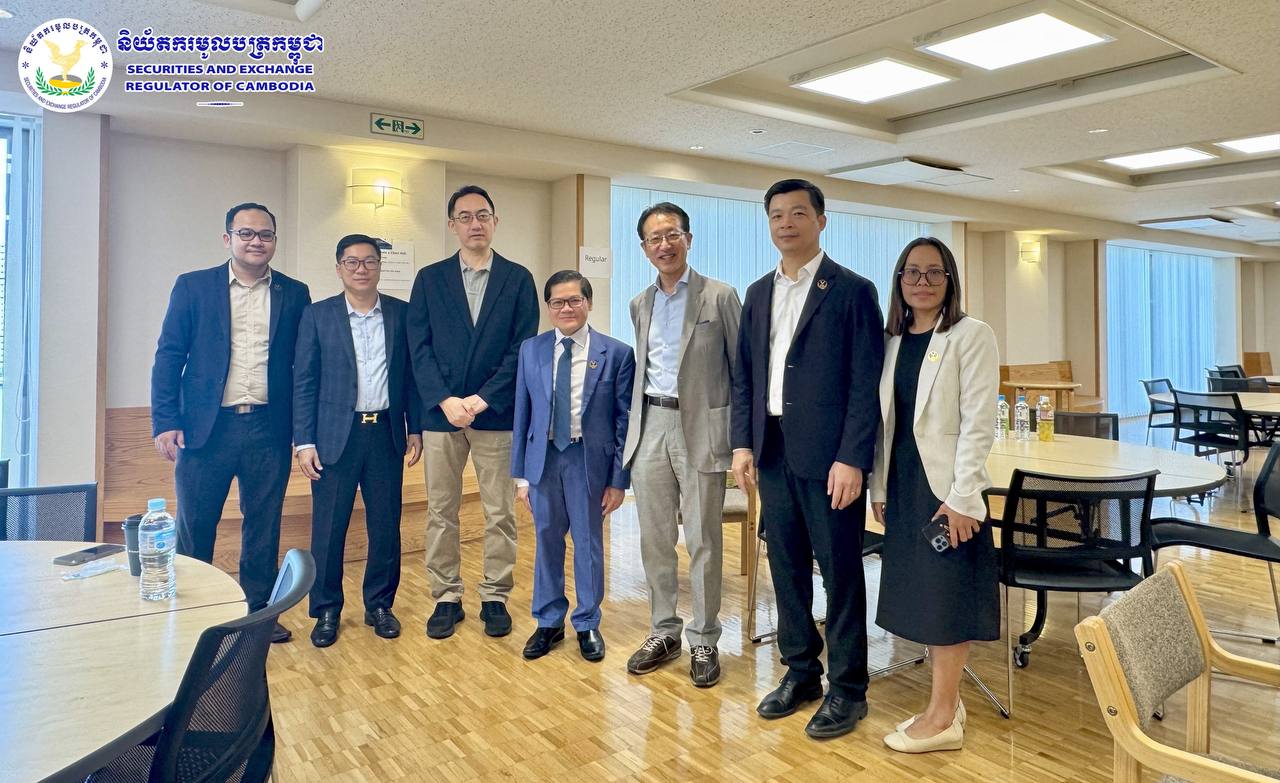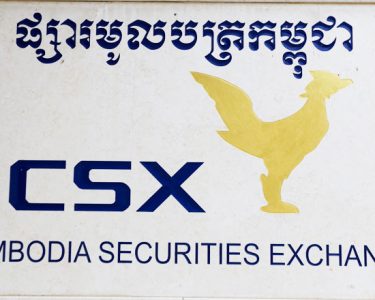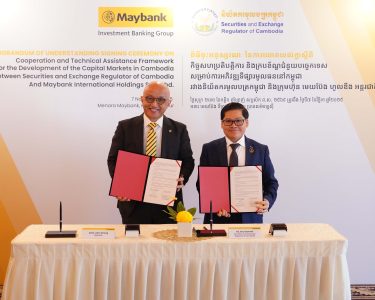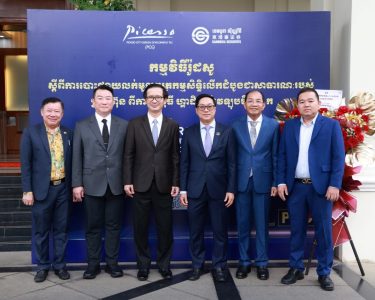Cambodia Investment Review
Cambodia’s capital market development took center stage at the 43rd ASEAN+3 Bond Market Forum (ABMF) and 32nd Cross-Border Settlement Infrastructure Forum (CSIF) held in Kyoto, Japan, from June 30 to July 4, 2025. The event brought together key financial regulators and market stakeholders from across Asia, aiming to deepen regional cooperation on sustainable finance and digital innovation.
Representing Cambodia, H.E. Sou Socheat, Director General of the Securities and Exchange Regulator of Cambodia (SERC), delivered a keynote address titled “Recent Capital Market Developments in Cambodia” on July 4. His participation was made with the official endorsement of H.E. Dr. Aun Pornmoniroth, Deputy Prime Minister, Minister of Economy and Finance, and Chairman of Cambodia’s Non-Bank Financial Services Authority (FSA).
Driving Sustainable Growth and Market Resilience
In his remarks, H.E. Socheat emphasized Cambodia’s growing efforts to align its capital markets with regional and global trends, particularly in promoting sustainability and digital finance. “In line with regional and global trends toward sustainable development and digitalization, the SERC is committing to advancing a sustainable, innovative, resilient, and inclusive bond market,” he said.
He highlighted key instruments under consideration and development by the SERC, including green bonds, sustainability bonds, infrastructure bonds, and digital assets. These tools are expected to mobilize capital to finance Cambodia’s long-term growth while also attracting international investor confidence.
The Director General also reaffirmed Cambodia’s intent to deepen collaboration with ASEAN+3 members in areas such as capital market development and fintech infrastructure. He noted that cross-border cooperation would be essential to building a stronger and more integrated financial ecosystem in the region.
Regional Momentum in Sustainable Finance
Organized jointly by the Asian Development Bank (ADB), Kyoto University’s Graduate School of Management, the Center for Southeast Asian Studies (CSEAS), and the XBRL Asia Roundtable, the five-day forum brought together policy experts, financial regulators, academics, and private-sector players to review progress and chart future directions in regional bond market development.
The forum focused on topics such as:
- Integrating digital asset infrastructure into national bond markets
- Advancing green and sustainable financing mechanisms
- Developing cross-border settlement systems
- Harmonizing reporting and data standards via XBRL frameworks
The ASEAN+3 Bond Market Forum is a longstanding initiative aimed at enhancing the efficiency and integration of local currency bond markets across the ASEAN+3 region, which includes the 10 ASEAN nations plus China, Japan, and South Korea.

Cambodia’s Bond Market Outlook
Cambodia’s participation underscores its ambition to expand its capital market, which remains in a nascent but promising stage. In recent years, the country has launched a number of corporate bonds and is in the process of laying regulatory groundwork for more diversified investment products.
This follows broader government efforts to develop non-bank financial services, support financial inclusion, and modernize infrastructure to attract foreign capital. As reported previously by Cambodia Investment Review, initiatives such as the launch of the Cambodia Securities Exchange’s bond market and the upcoming fintech regulatory sandbox are signs of increased regulatory maturity and investor confidence.
To further support its ambitions, the SERC is working closely with development partners, including ADB, to introduce technical guidance, training, and policy support across its ecosystem.
As ASEAN+3 members continue to align strategies to support low-carbon economies and digital finance frameworks, Cambodia’s engagement signals a growing readiness to participate more actively in regional capital flows and policy dialogue.
For more on Cambodia’s financial and capital market development, visit the SERC official website or browse CIR’s Capital Markets section.





